Scream 4 exists in a strange space within the larger slasher franchise. The first three films were released within three-and-a-half years of one another, from December 1996 to February 2000. The fifth and sixth films released only 14 months apart, with Scream coming out in January 2022 and Scream VI releasing in March 2023. Released in April 2011, Scream 4 sits awkwardly between these two sets of movies, more than a decade removed from either.
Scream 4 is the only film in the franchise to gross less than $100 million at the global box office. Although Scream 3 received worse reviews, Scream 4 has the second lowest rating for the series on Rotten Tomatoes. Metacritic flips the order of the bottom two, Scream 4 scoring lower than Scream 3. Still, Scream 4 feels important. It is the last film in the series to directly involve both original writer Kevin Williamson and original director Wes Craven.
In some ways, Scream 4 feels like the logical culmination of the Scream franchise, taking the self-awareness and meta references that defined the original films and pushing them past their logical extremes. If the films that followed seem like much more conventional slasher movies, that is a testament to Scream 4 taking the franchise as far as it could possibly go in that direction, even further than the irony event horizon that made Scream 2 so compelling.
This is obvious from the opening moments, riffing on the audience’s familiarity with how Scream movies normally begin. The iconic opening scene of Scream featured Casey Becker (Drew Barrymore) receiving an ominous phone call from the villainous Ghostface (Roger L. Jackson), leading to her horrific murder. Scream 2 escalated this by murdering two young students (Omar Epps and Jada Pinkett) at a preview screening of Stab, a horror movie that recreates that opening scene with Heather Graham.
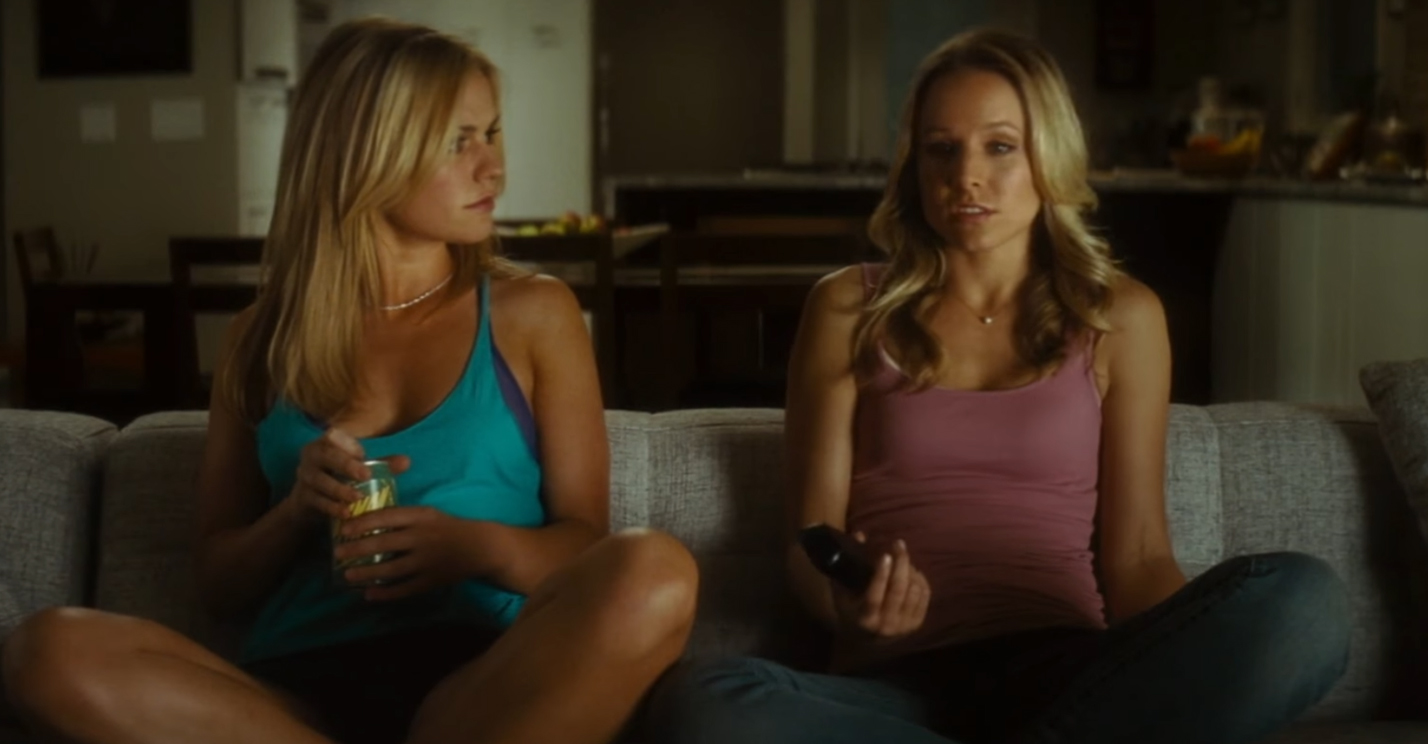
Scream 4 initially appears to take things back to basics. Sherrie (Lucy Hale) and Trudie (Shenae Grimes) are menaced by a strange caller. However, Scream 4 quickly reveals that this is actually a scene from the in-universe movie Stab 6. The movie then joins Rachel (Anna Paquin) and Chloe (Kristen Bell), who have been watching Stab 6. However, the shocking twist is that this is still within the film. It’s actually the opening scene of Stab 7.
The film then cuts again, to Jenny (Aimee Teegarden) and Marnie (Brittany Robertson), who are watching Rachel and Chloe in Stab 7, who are watching Sherrie and Trudie in Stab 6. It’s cute, but it’s also self-aware. Scream 4 understands there’s only so far it can escalate from the opening scene of Scream 2. Films-within-films-within-films might be fun, but they’re a gimmick. It’s not a new trick; it’s an escalation of something the franchise has already done.
In the opening scene of Stab 7, Rachel mounts a persuasive criticism of Stab 6, particularly filtered through the lens of Gen X irony. Decrying the film as “pure horseshit, the death of horror right here in front of us,” Rachel critiques the cliché of “a bunch of articulate teens sit around and deconstruct horror movies until Ghostface kills them one by one. It’s been done to death, the whole self-aware, postmodern meta shit. Stick a fork in 1996 already.”
Rachel is turning the Scream franchise’s cynical detachment back on itself. The original Scream was a breath of fresh air, deconstructing a genre that had become a shadow of its former self. However, Scream was a massive success, going on to reinvent the slasher in its own image in everything from Bride of Chucky to I Know What You Did Last Summer to Halloween H20. From the perspective of Scream 4, the original Scream was as much a cultural monument as the movies it subverted.
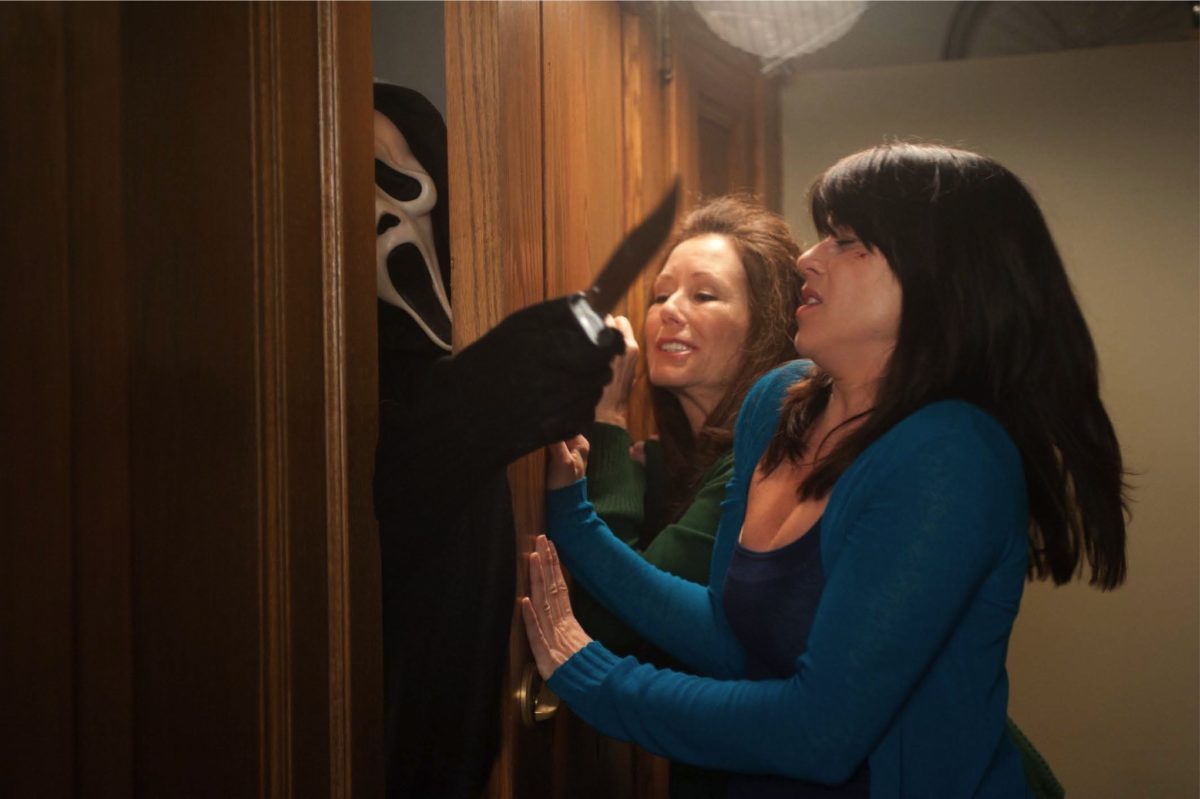
Playing into that hall-of-mirrors approach, Rachel ends up just as skewered as Stab 6. Making an argument for the effectiveness of the traditional slasher template, Chloe produces a butcher knife and proceeds to plunge it into her friend, right there on the couch. Scream 4’s cynicism about the state of the horror genre ultimately twists back on itself, to the point that it is cynical about its own cynicism. It’s a lot, but it’s articulated clearly and effectively.
If the original Scream was about slasher movies and Scream 2 was about sequels, then Scream 4 is about nostalgia. (Scream 3, which was not written by Williamson but was directed by Craven, drops a lot of the abstraction to construct a horror movie about Harvey Weinstein.) For context, Scream 4 arrived in the midst of a wave of horror remakes and revivals: Rob Zombie’s Halloween in 2007, Marcus Nispel’s Friday the 13th in 2009, Samuel Bayer’s A Nightmare on Elm Street in 2010.
One way that Scream inverted the slasher template was that the franchise never really had a recurring villain. Most horror brands are defined by their monsters: Jason Voorhees, Freddy Krueger, Michael Myers, Daniel Robitaille, Chucky, Leatherface. It’s not uncommon for the “final girl” from the original film to appear in a sequel or two, but these series are mostly built around unkillable antagonists. With a few exceptions, the heroes fade to the background.
The Scream franchise’s killer is called “Ghostface,” and they speak through a voice modulator that sounds like Randy L. Jackson. However, their identity and motive change from film to film. In most films in the series, multiple characters don the mask. The design’s iconic, but the killer’s anonymous. In contrast, the heroes are constant through the first five films: Sidney Prescott (Neve Campbell), Gale Weathers (Courteney Cox) and Dewey Riley (David Arquette).
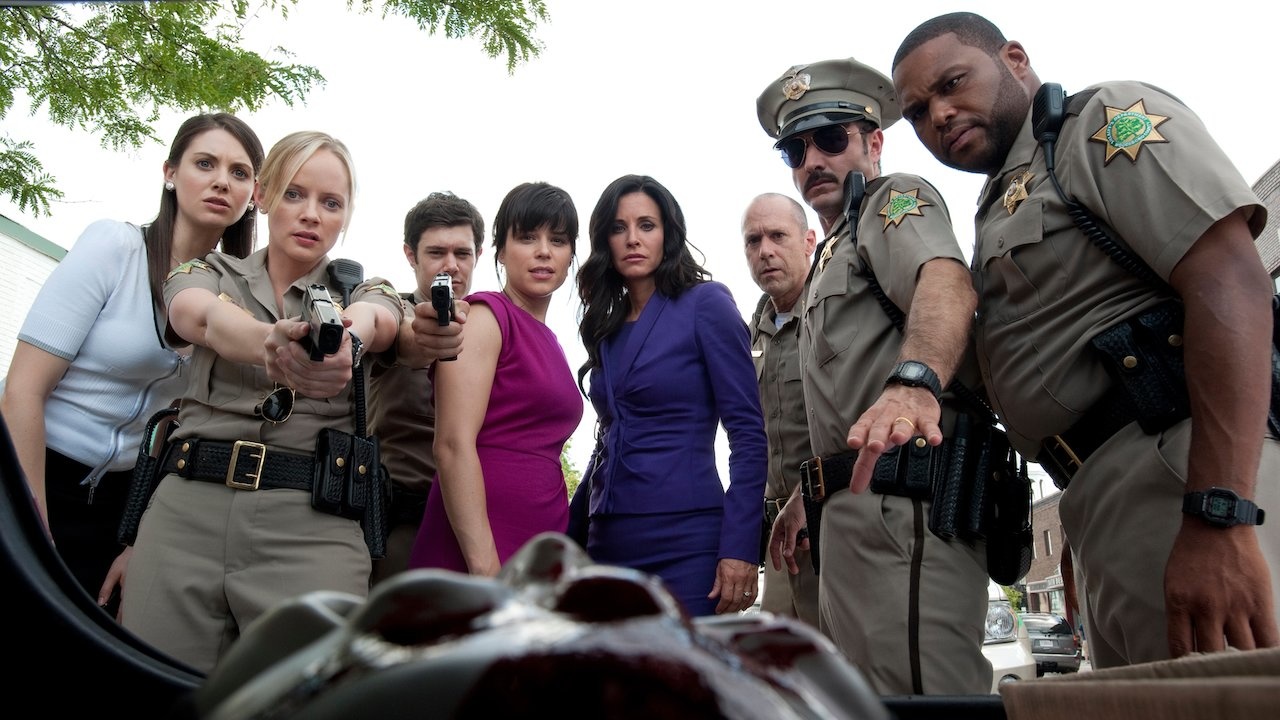
This is why it was controversial when Campbell announced she would not return for Scream VI due to a salary dispute. As a point of contrast, even iconic “scream queen” Jamie Lee Curtis sat out extended stretches of the Halloween franchise. Scream 4 is built around this interesting paradox and tension — that Scream is the rare horror series where the protagonist is unkillable, and the antagonist is doomed to (often painful) humiliation and failure.
Scream 4 understands this. Robbie Mercer (Erik Knudsen) is awed by Sidney. “Beyond Jamie Lee Curtis, forget Linda Blair, I mean, this is the ultimate,” he boasts. Olivia Morris (Marielle Jaffe) describes Sidney as “the Angel of Death,” explaining, “Well, wherever she went, people died. Other people. It was never her.” Ghostface even taunts Sidney, “You’ve done very well by all this bloodshed, haven’t you? How about the town you left behind?”
This understanding allows Scream 4 to be about something interesting and even transgressive, particularly in hindsight. Scream 4 arrived a few years before Star Wars: The Force Awakens kicked off the trend of “legacyquels” — the tendency to build franchise sequels around the nostalgic return of older veterans — into high gear. This trend would even extend to horror franchises, with Jamie Lee Curtis returning to Halloween and Ellen Burstyn returning to The Exorcist, not to mention the Chucky cast reunions.
Ahead of its time, and even more than the films that followed, Scream 4 interrogates this nostalgia. Cinematographer Peter Deming shoots Woodsboro in a way that seems almost washed out and over-exposed, as if conjuring memories of small-town American innocence more than a place that actually exists. Even before Ghostface begins killing, there’s an unreality to Woodsboro in Scream 4 that feels far more pronounced than any of the narratives-within-narratives in the first three films.
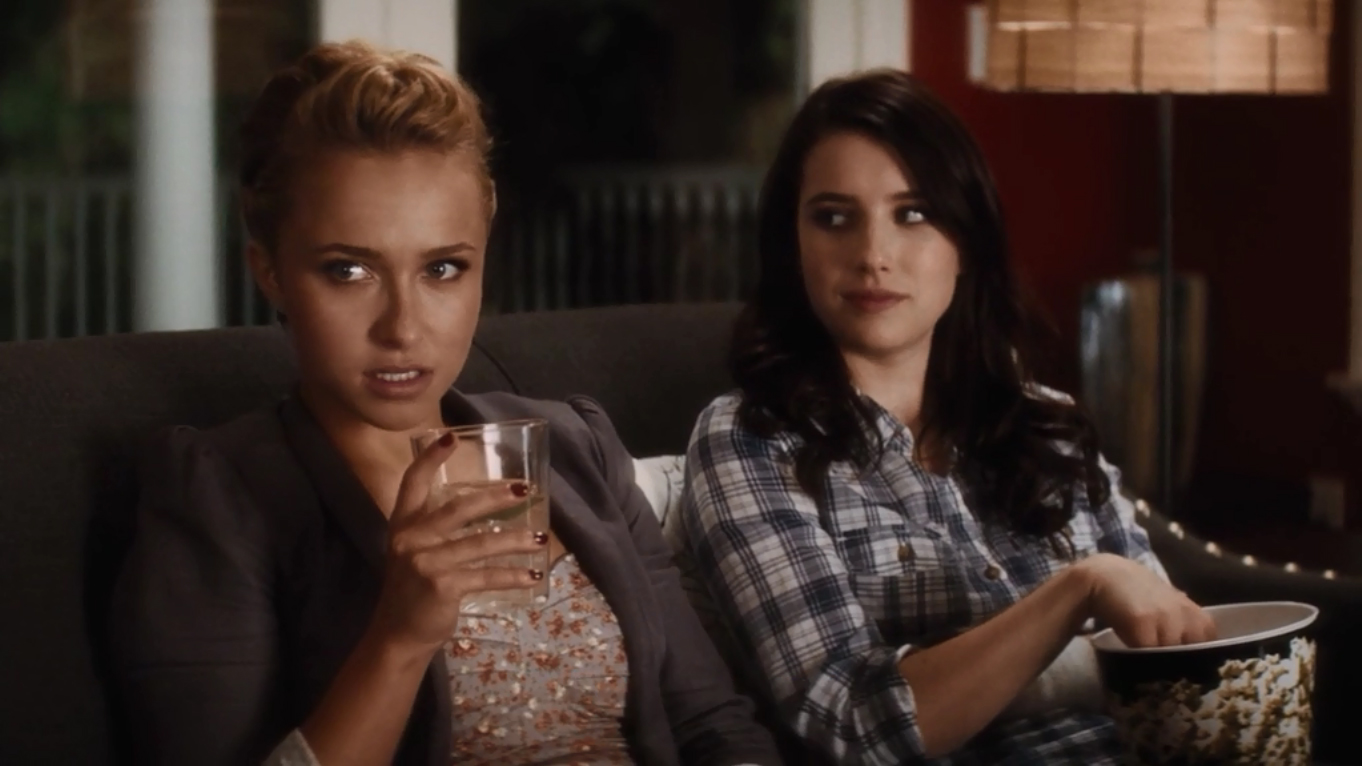
The older generation are living their best lives. Dewey is sheriff and married to Gale. Sidney is a celebrity embarking on a book tour. Even Ghostface has become a figure of nostalgia, with kids hanging dummies from lampposts. Only Gale seems to be struggling, grasping for relevance and trying to find something new rather than coasting on past glories. “All right, Gale, let’s do it,” she urges herself, staring at a blank sheet. “Let’s reinvent myself.” However, she can’t; Gale falls right back into chasing Ghostface, because that’s all she has.
The younger characters in Scream 4 find themselves constantly reminded of what came before. Jill Roberts (Emma Roberts) finds herself living in the shadow of her famous cousin, Sidney. She even finds herself replaying some of the same beats as Sidney, losing her virginity to high school bad boy Trevor Sheldon (Nico Tortorella). The past haunts the halls of the high school, in the form of the bust of Principal Arthur Himbry (Henry Winkler), a victim from the first film.
Charlie Walker (Rory Culkin), president of the high school movie club, notes the killer is “working on less of a shriek-quel and more of a scream-ake.” He complains about the lack of creativity, “All there are now are remakes; only horror the studios green-light.” It’s the same old story, told over and over. Scream 4 is a commentary on the coming wave of Gen X nostalgia and the shadow that it will cast over a generation of Millennials fighting for their own cultural space: Wait until Charlie sees Ghostbusters: Afterlife or Star Trek: Picard.
Indeed, it’s ultimately revealed that Jill and Charlie are the killers — a clever piece of self-aware casting that involves two young celebrities who exist in the shadow of their older relatives, icons of ’90s pop culture. Just like Emma Roberts will never dominate Hollywood the way her Aunt Julia did, or Rory Culkin will never be as famous as his brother Macaulay, these are kids who understand their only path to carving their own narrative is to effectively recreate the nostalgia of the generation that came before.
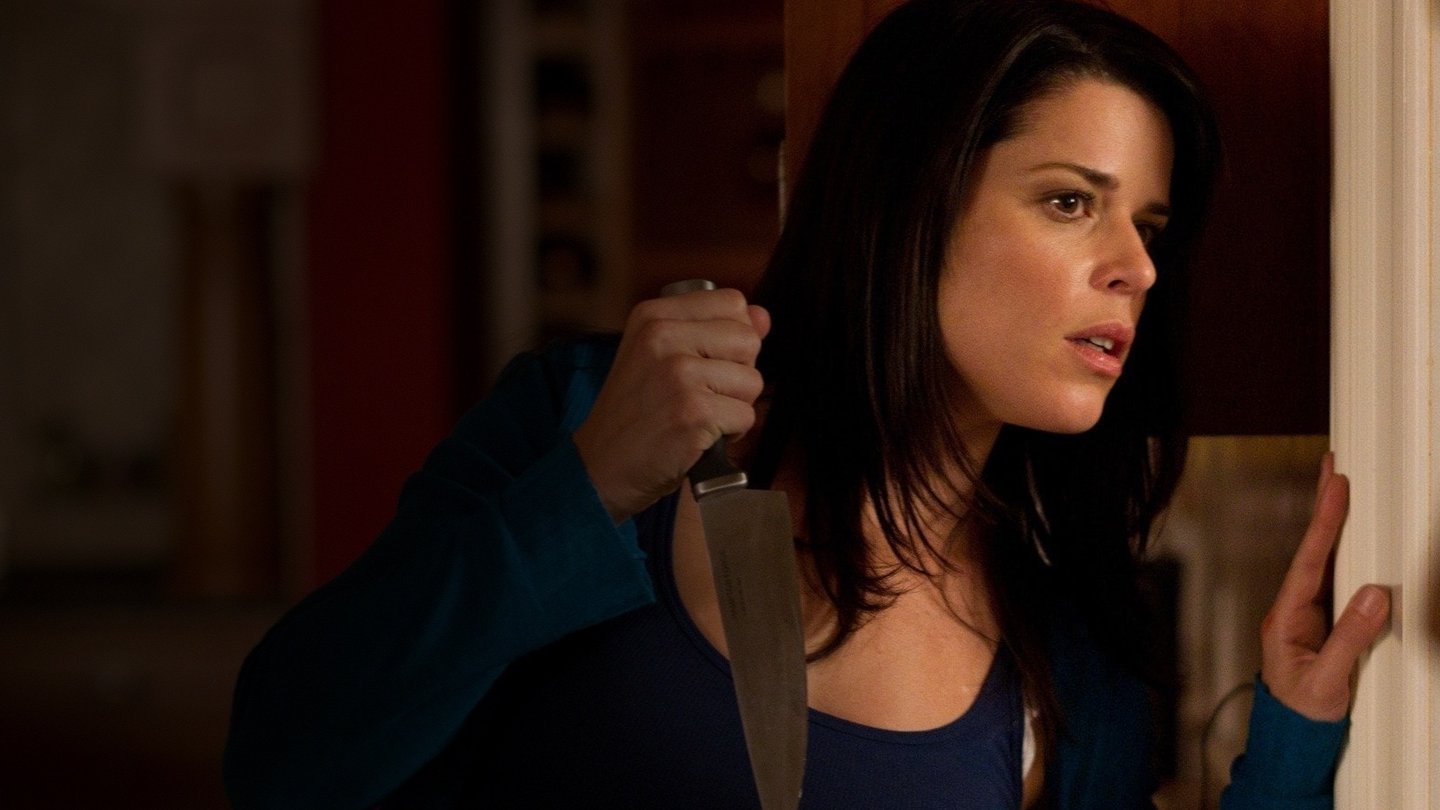
Jill is a fascinating character. She is insane, more complicated than previous killers. She’s the franchise’s first killer not tied to misogyny, a recurring motif in the slasher genre. Even Charlie is a misogynist, calling Kirby Reed (Hayden Panettiere) a “bitch” for not returning his affection sooner. In contrast, Scream 4 stays with Jill for about a quarter of an hour after she’s revealed as the killer. “You had your 15 minutes. Now I want mine!” she warns Sidney. In a wry touch, she’s dead almost exactly 15 minutes later.
The final act of Scream 4 offers a perverse riff on the idea of Jill as a final girl and Sidney as a slasher. Jill wakes up in hospital, and is horrified to discover that Sidney isn’t dead, in what is effectively the premise of Halloween II. “You just won’t die, will you?” Jill complains to her older relative who won’t surrender the spotlight. “Who are you, Michael fucking Myers?” Naturally, this isn’t Jill’s story. It’s not a franchise reboot, it’s a legacyquel. Sidney, Gale, and Dewey take Jill down.
Interestingly, the film’s closing shot isn’t of Sidney triumphant. Scream 4 ends on Jill’s dead eyes. Jill was a monster, but Scream 4 retains some strange sympathy for her, a Millennial who will never get to be the star of her own story. In this nostalgic narrative, the best that a new character like Jill could hope to be is a victim or a killer. Scream 4 suggests she’s both.

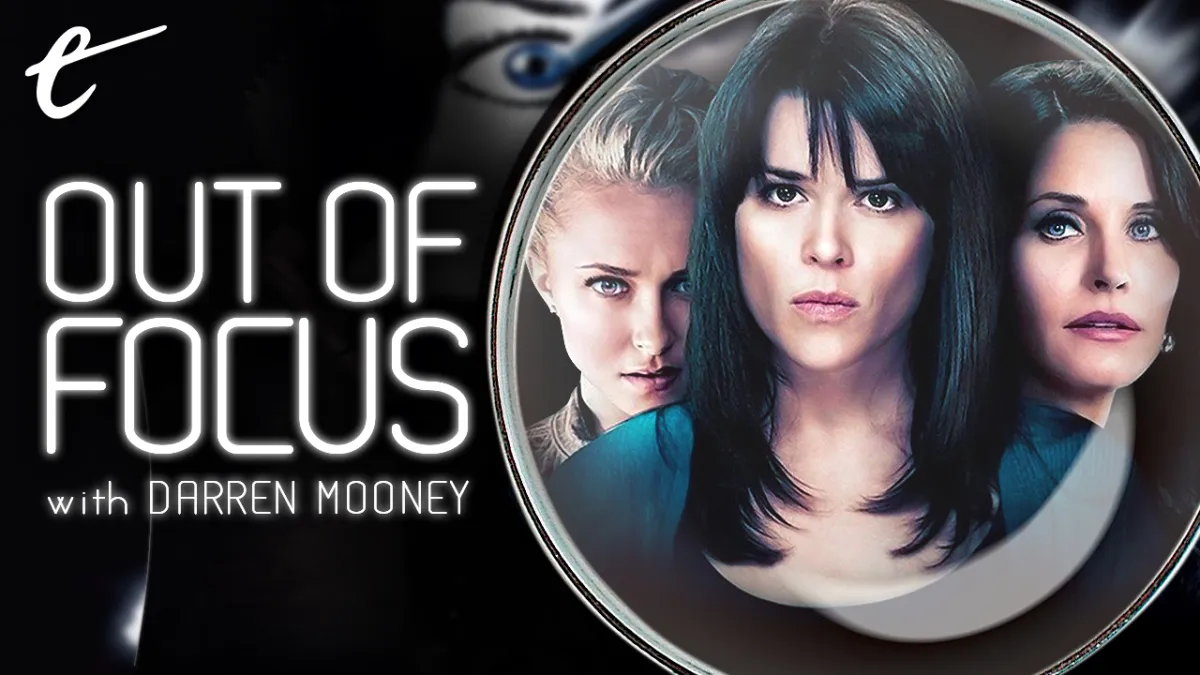




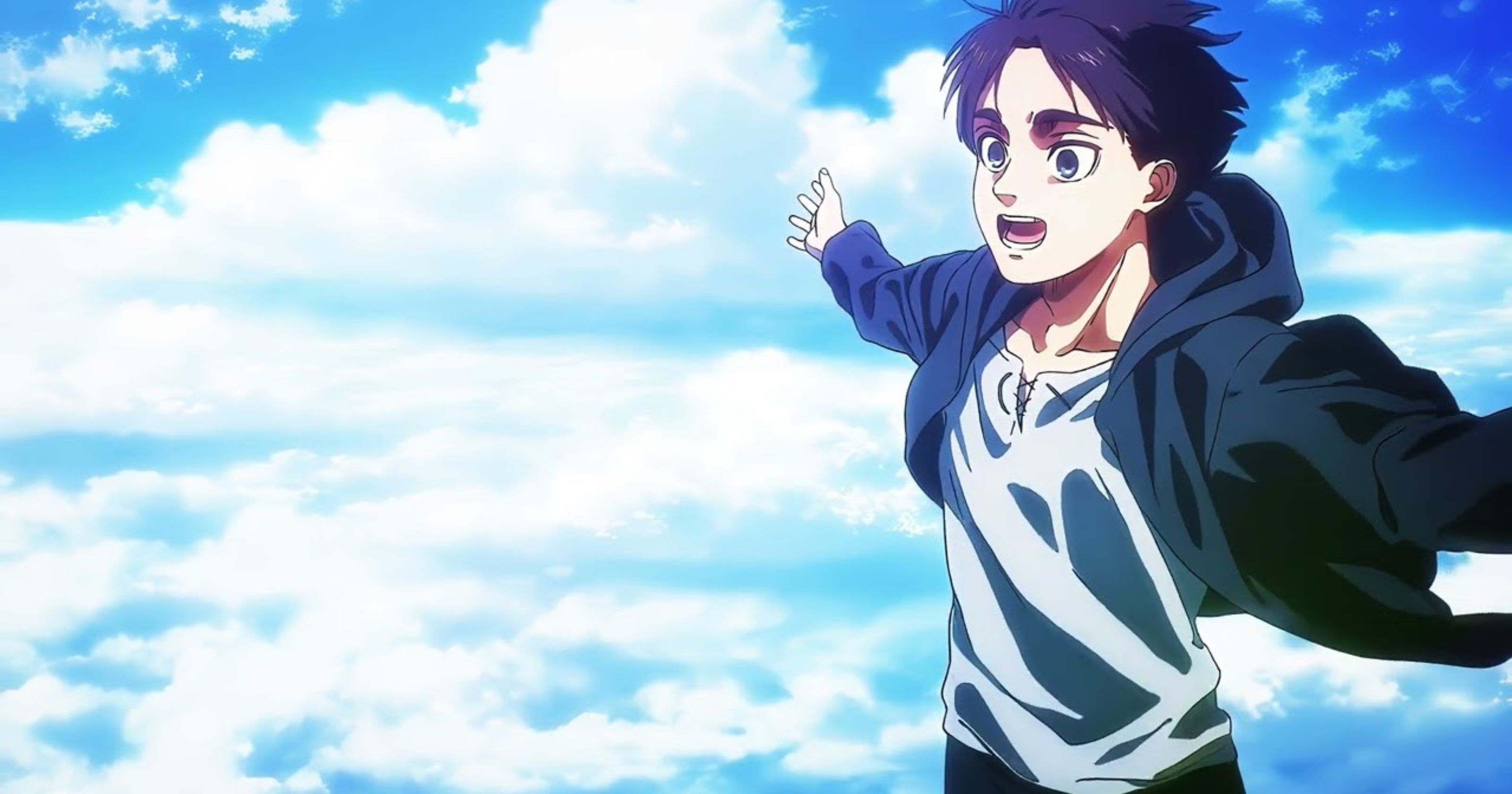
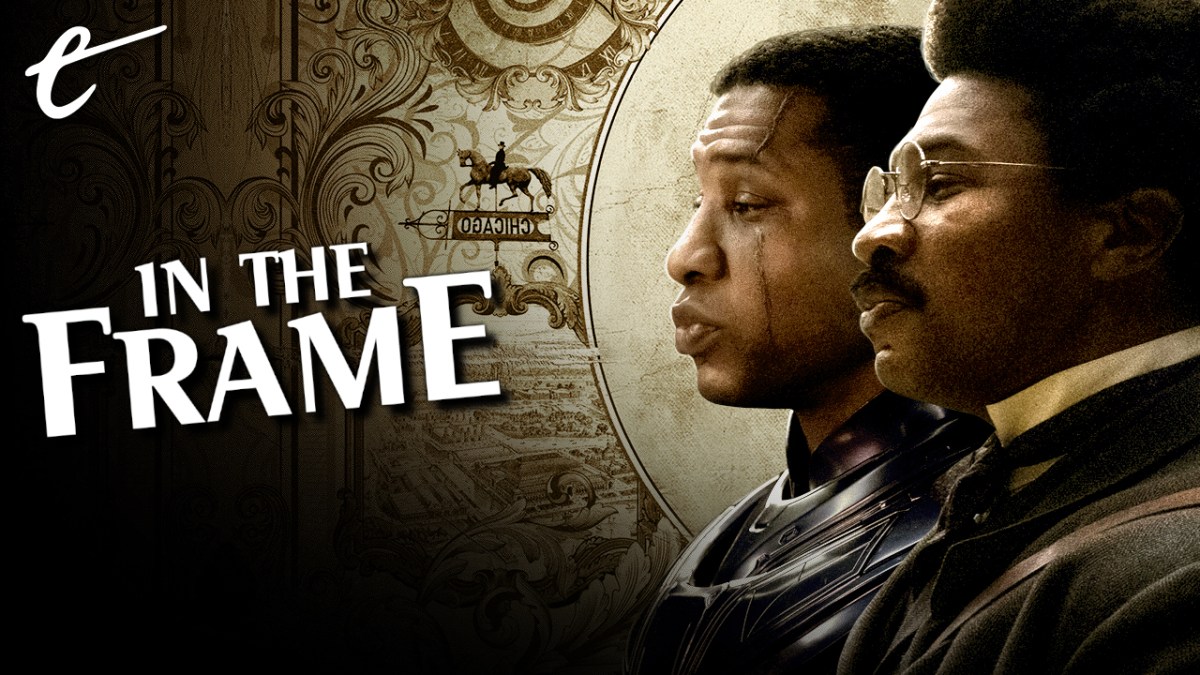

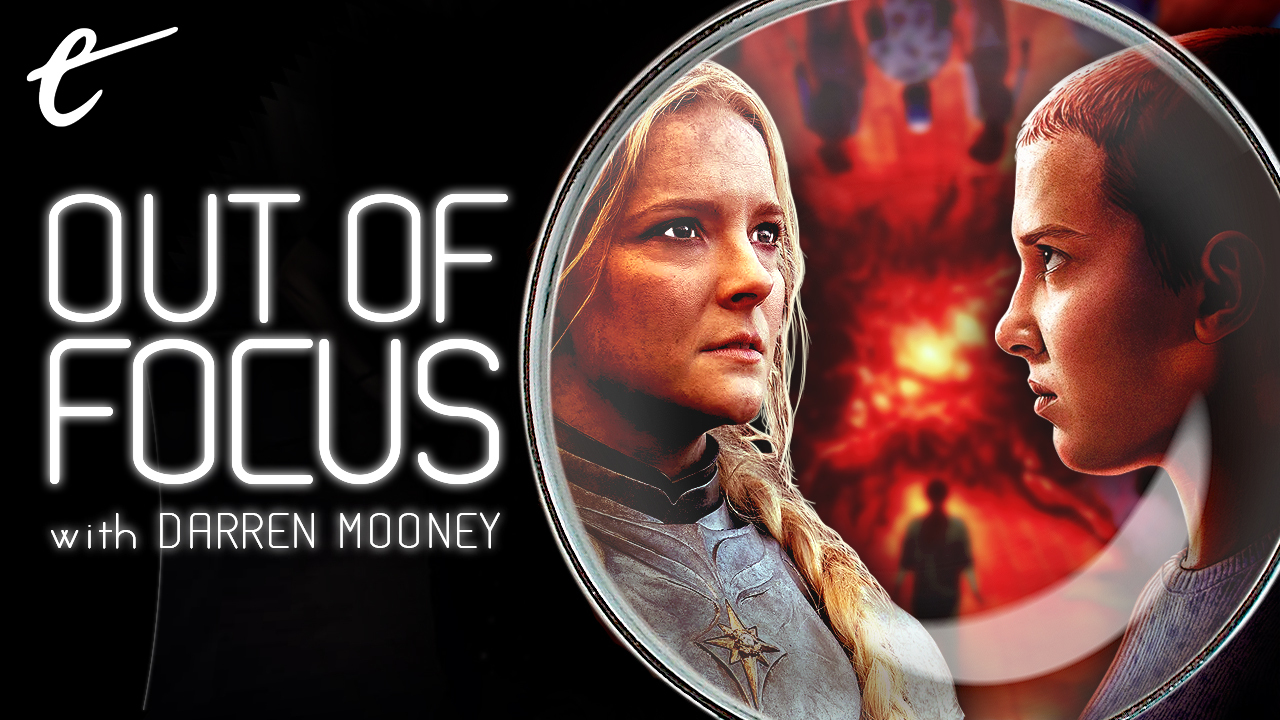
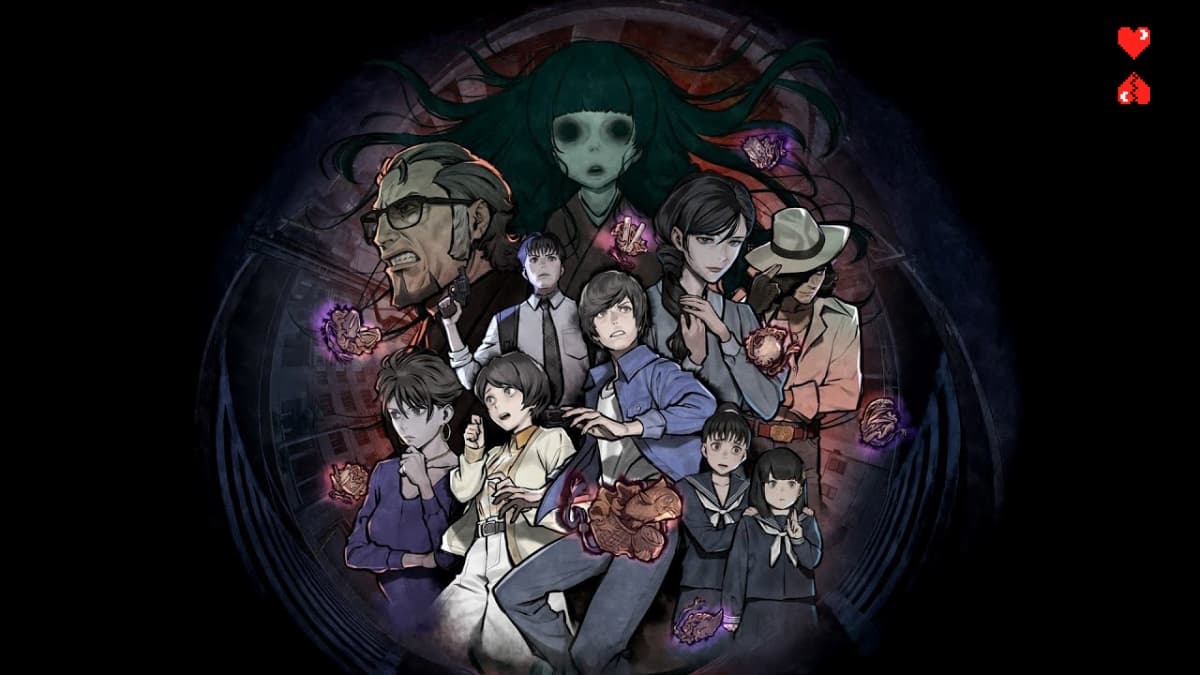
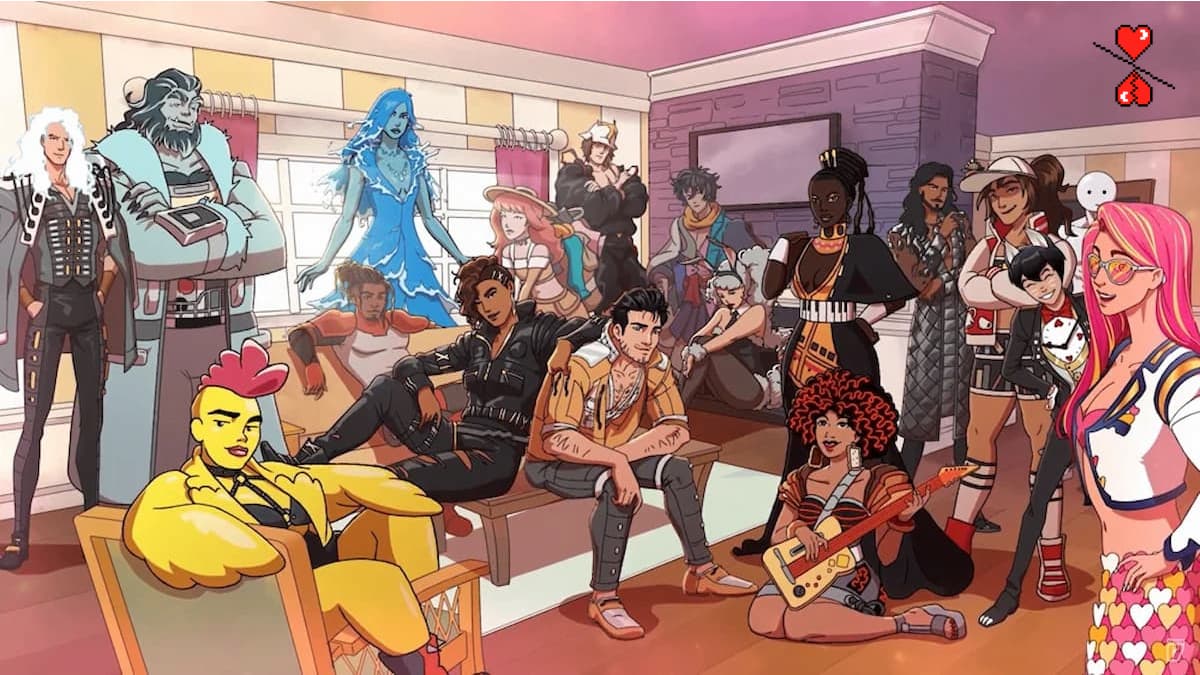


Published: Mar 8, 2023 3:00 PM UTC